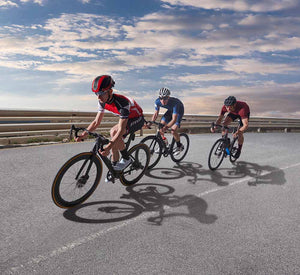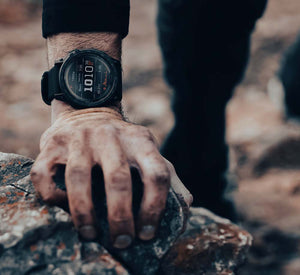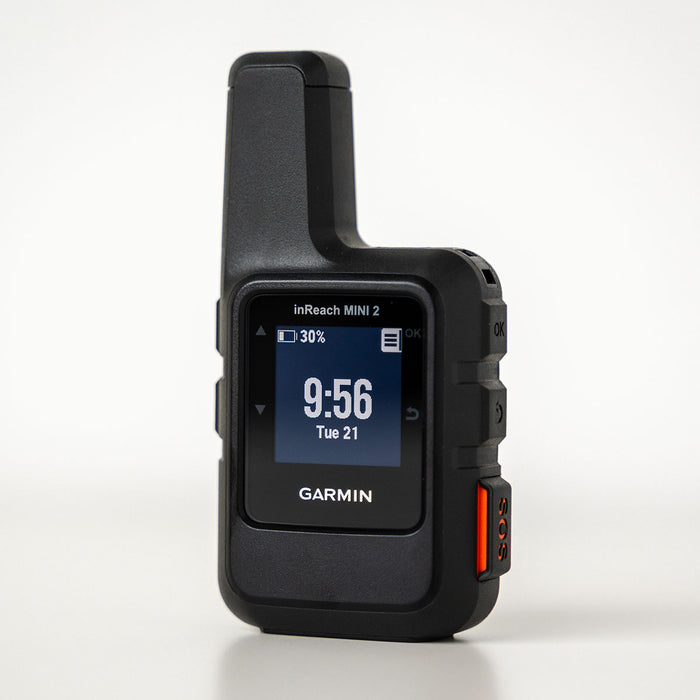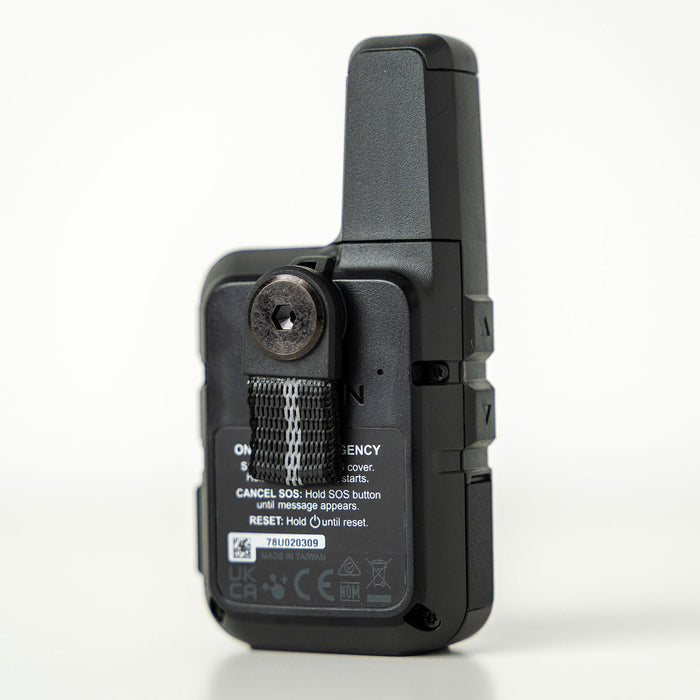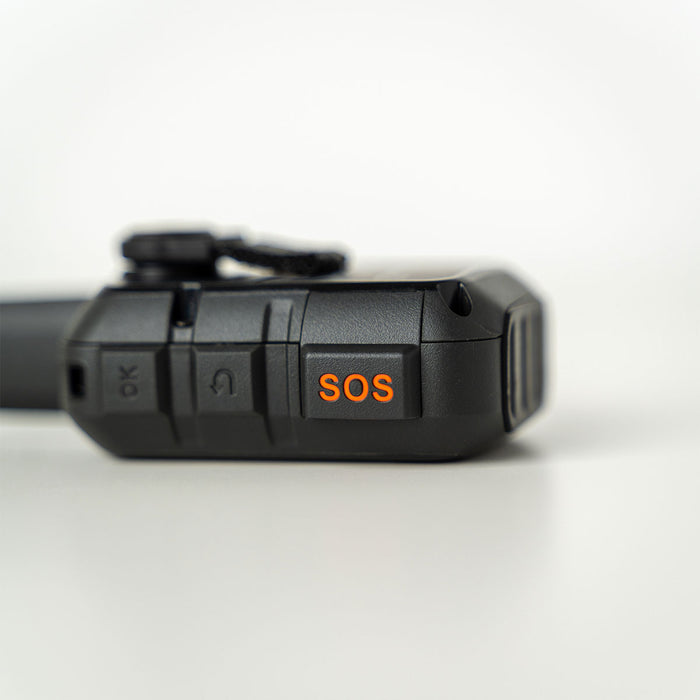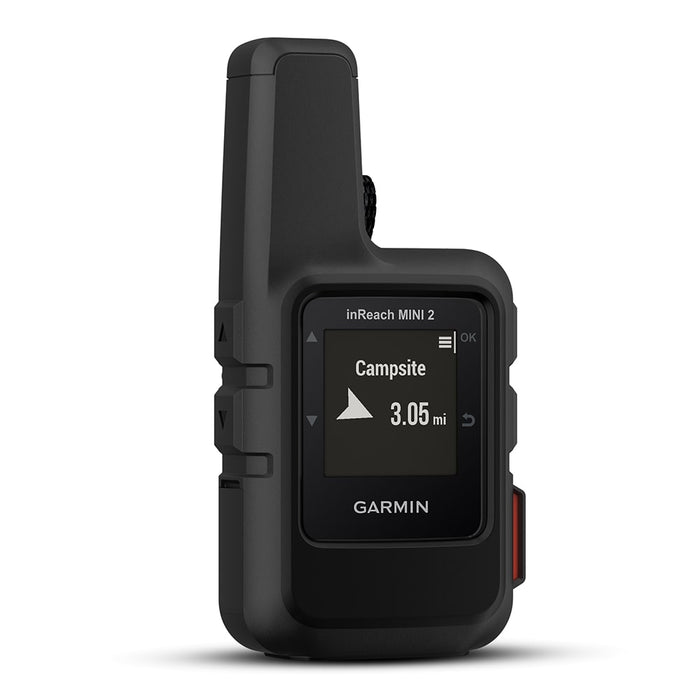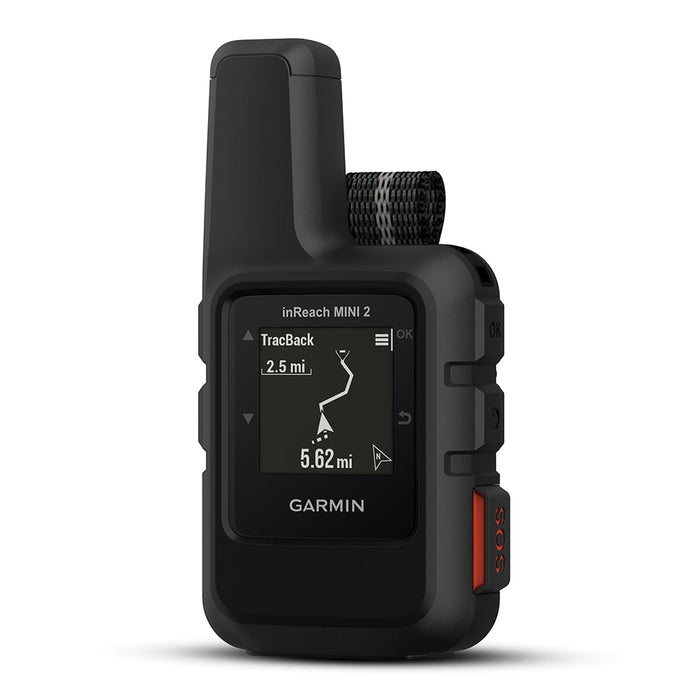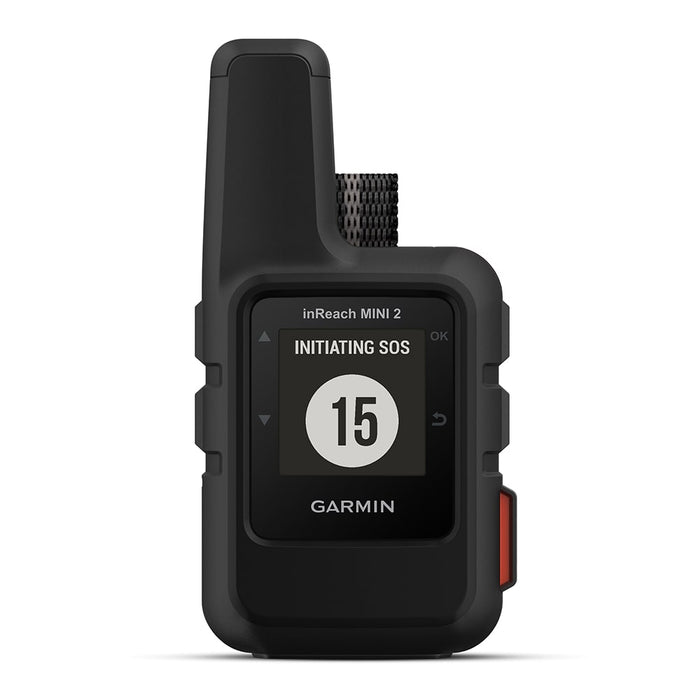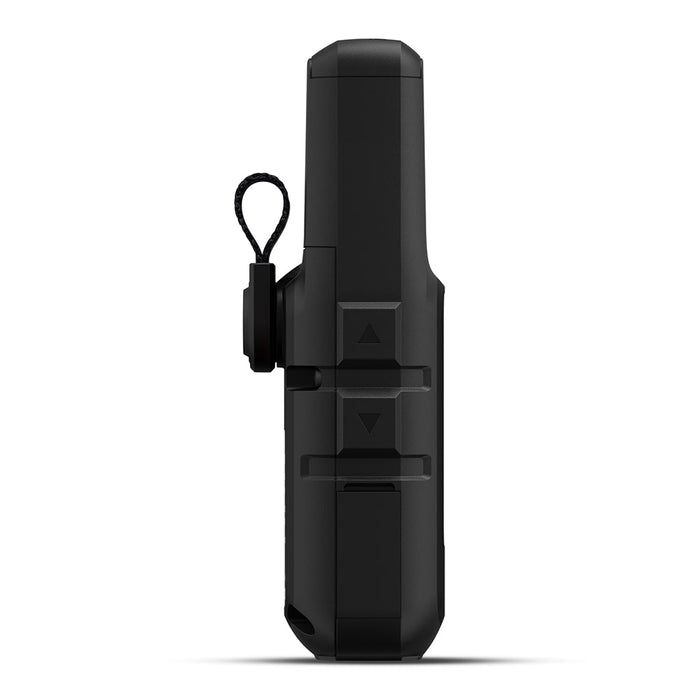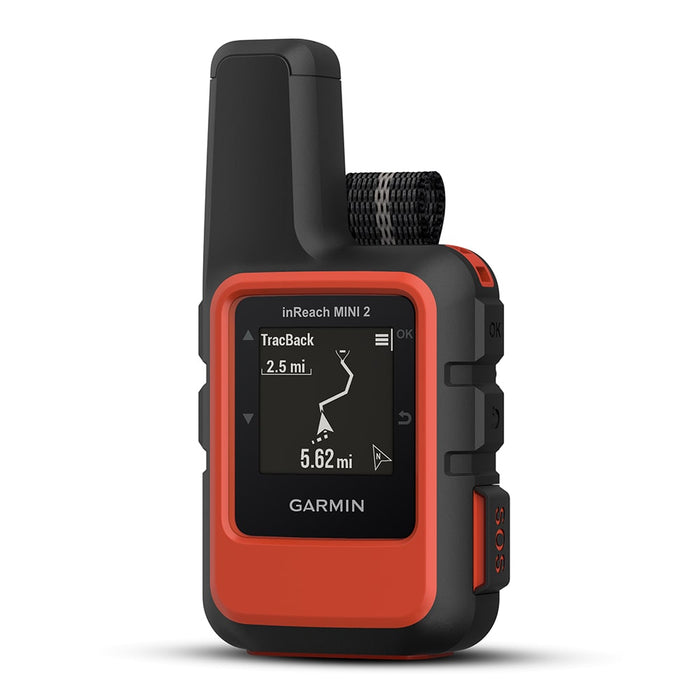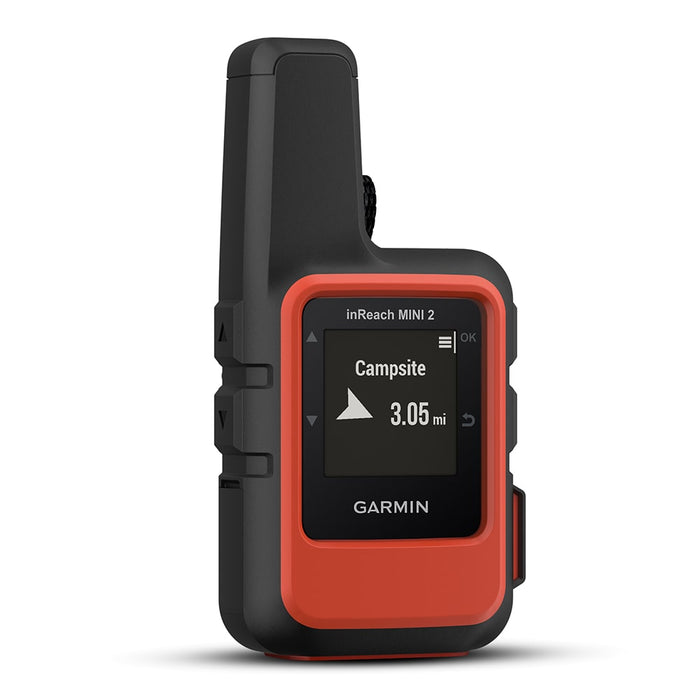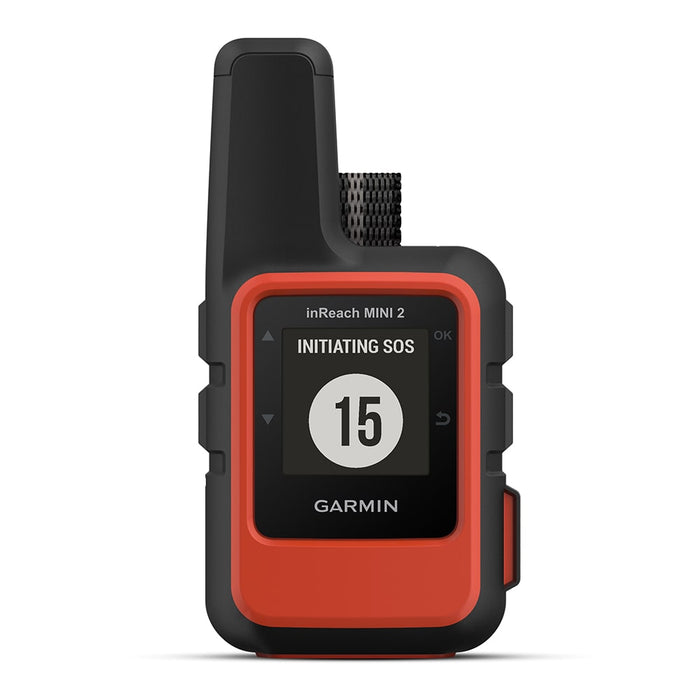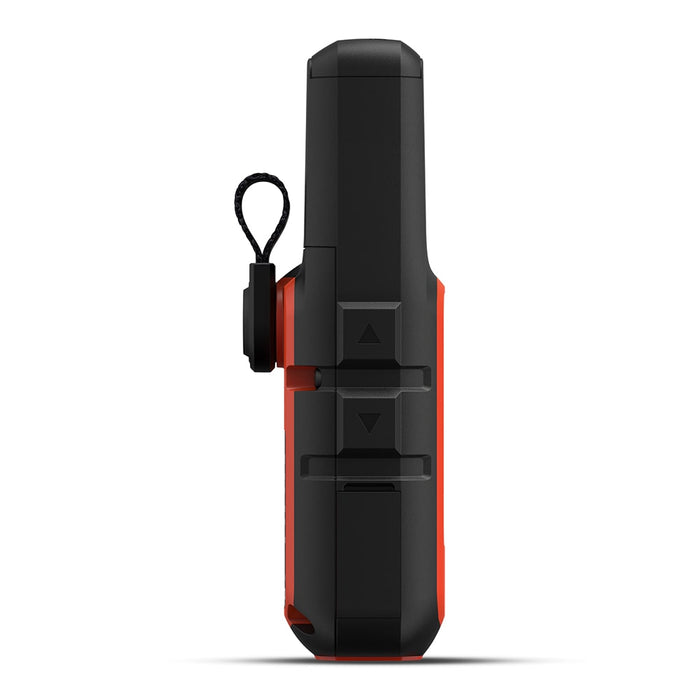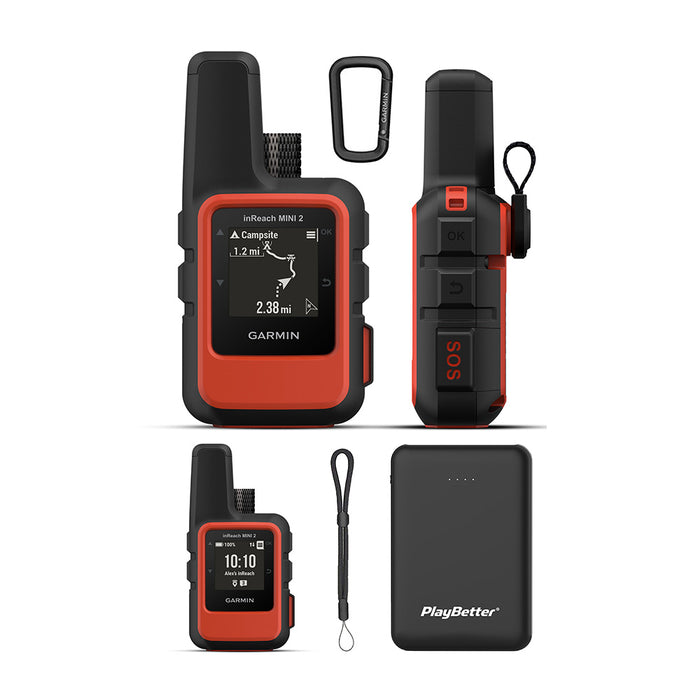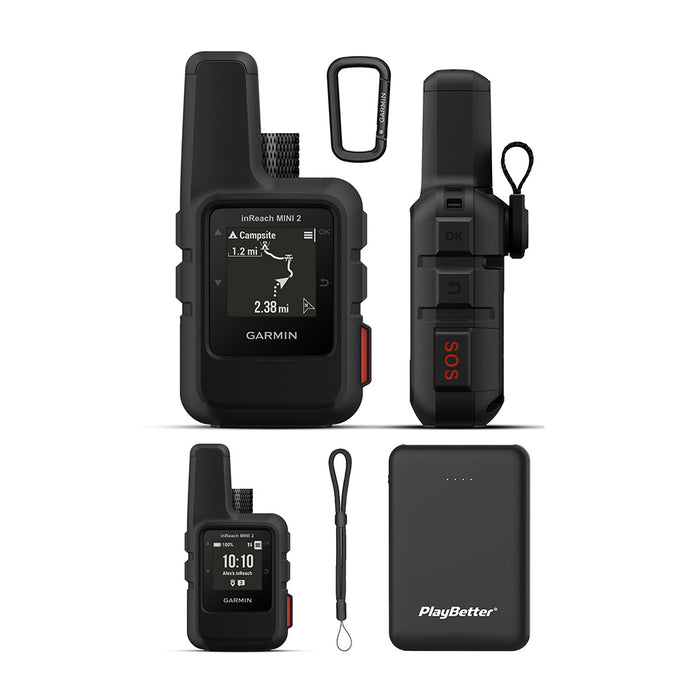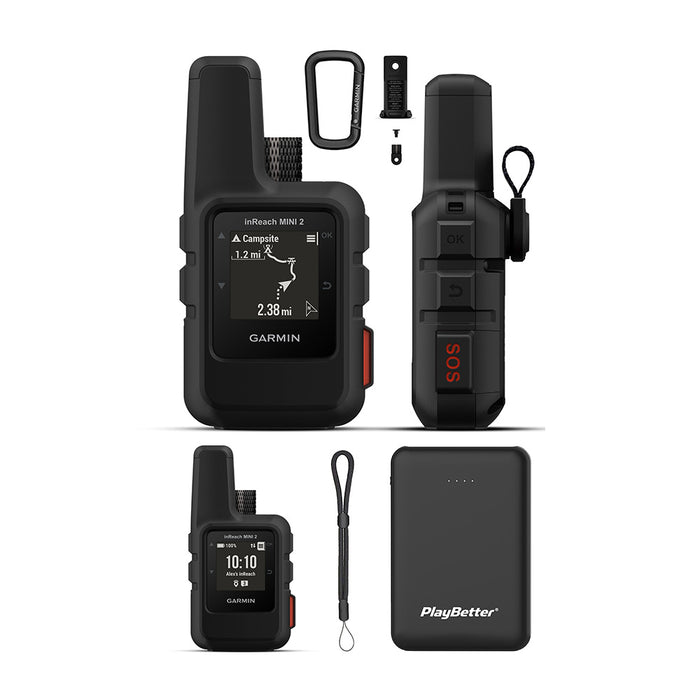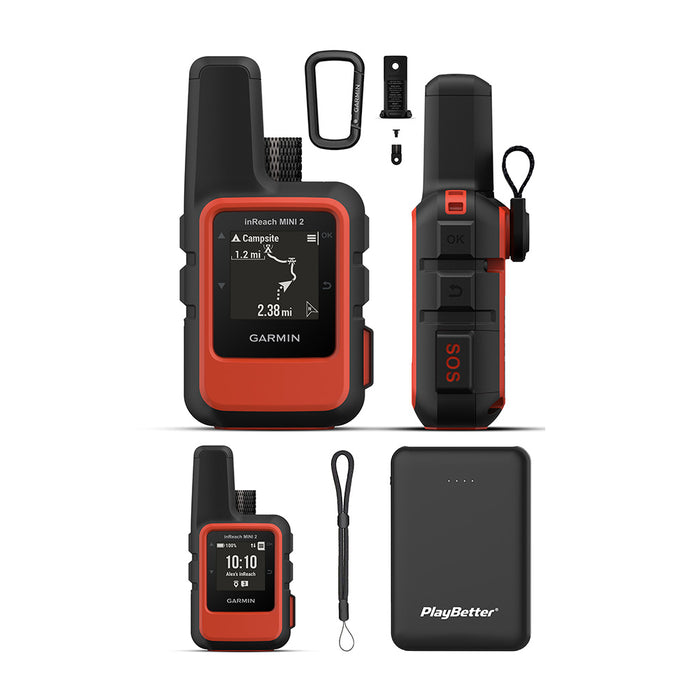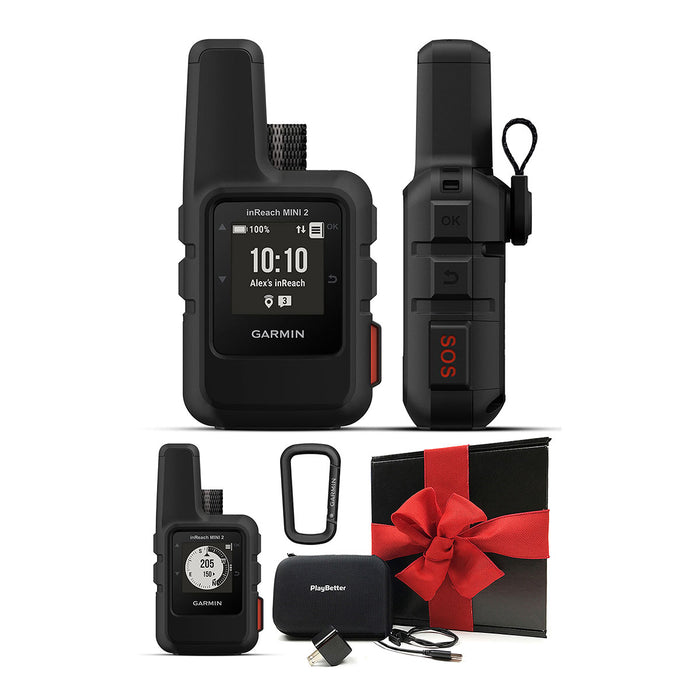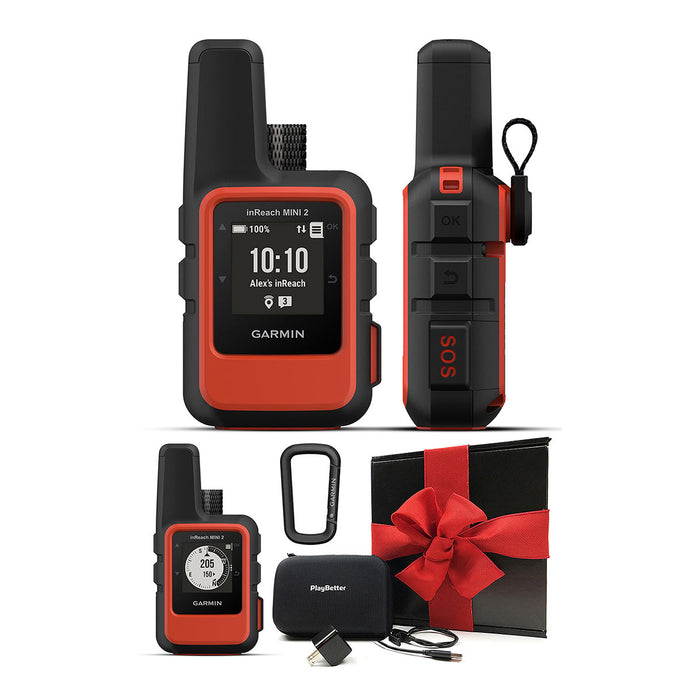Garmin inReach Mini 2 Satellite GPS Communicator
 PlayBetter is a trusted Authorized Dealer for this brand. All purchases are eligible for full manufacturer warranty protection.
PlayBetter is a trusted Authorized Dealer for this brand. All purchases are eligible for full manufacturer warranty protection.
Need Help?
Talk with an expert Need expert advice?



Garmin inReach Mini 2 Satellite GPS Communicator
 PlayBetter is a trusted Authorized Dealer for this brand. All purchases are eligible for full manufacturer warranty protection.
PlayBetter is a trusted Authorized Dealer for this brand. All purchases are eligible for full manufacturer warranty protection.
Need Help?
Talk with an expert Need expert advice?

Stay connected anywhere on the planet with the inReach Mini 2 Satellite GPS Communicator
You’re an explorer who travels light and wants longer battery life. You need a compact GPS satellite communicator that can keep you in touch globally for up to 2 weeks.
PRODUCT DETAILS
The inReach Mini 2 compact satellite communicator lets you send and receive messages, trigger an interactive SOS (active satellite subscription required), track and log your location, and use simple navigation globally.
FEATURES/SPECS
Click here for a full list of product specs.
- Compact, lightweight satellite communicator enables two-way messaging and interactive SOS globally (Active satellite subscription required. Some jurisdictions regulate or prohibit the use of satellite communication devices.)
- Navigate back to where you started by using TracBack routing
- Share your location with loved ones back home at any time (active satellite subscription required) by using your MapShare page or with your coordinates embedded in your messages
- Get accurate heading information using the digital compass — even when you’re not moving
- Sync with the Garmin Explore app and website on your compatible smartphone for trip planning and topographical mapping, and create waypoints, courses, activities and collections you can sync to your device
- Pair with Garmin devices, such as wearables and handhelds, and use them to send and receive messages and trigger an SOS (active satellite subscription required)
- Battery life: up to 14 days in 10-minute tracking mode
WHAT'S IN THE BOX
inReach Mini 2 Satellite GPS Communicator Only
- inReach Mini 2 Satellite GPS Communicator
- Carabiner
- USB Cable
- Documentation
Model: 855075005319
inReach Mini 2 Hiking Bundle also includes
- PlayBetter GPS Tether Lanyard (Black)
- PlayBetter 5000mAh Portable Charger
inReach Mini 2 Hiking Bundle + Spine Mount also includes
- PlayBetter GPS Tether Lanyard (Black)
- PlayBetter 5000mAh Portable Charger
- Garmin Spine Mount
inReach Mini 2 Gift Box Bundle also includes
*Packed in our stunning PlayBetter Black Gift Box with Red Ribbon*
- PlayBetter Wall USB Charging Adapter
- PlayBetter Protective Hard Case



